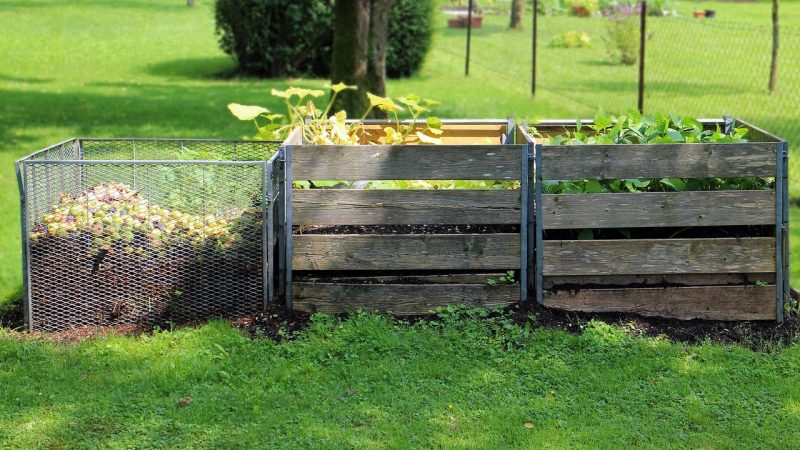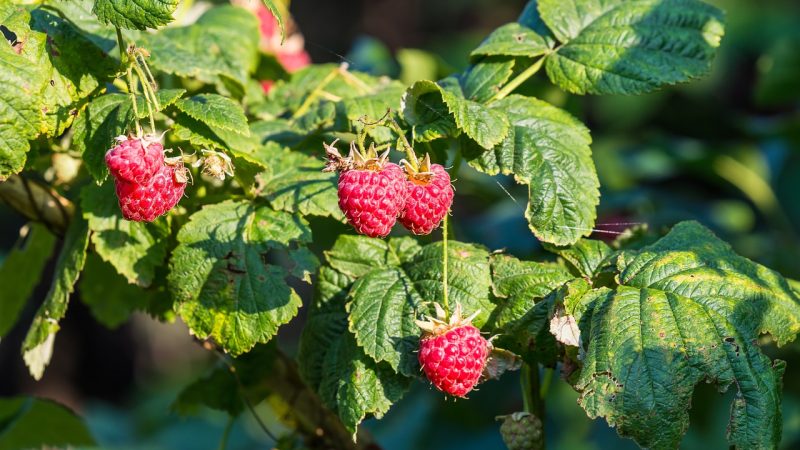Yes, hazelnut growing can be profitable, but it requires careful planning, investment, and management. Here are some factors to consider:
- Market demand: The demand for hazelnuts has been increasing in recent years due to their popularity as a healthy snack and ingredient in various food products. Before starting a hazelnut farm, research the market demand and potential buyers to ensure that there is a market for your product.
- Climate and soil conditions: Hazelnuts thrive in regions with a temperate climate and well-drained, loamy soil that is slightly acidic. Choose a location that is suitable for hazelnut cultivation and conduct soil tests to ensure the soil is suitable for hazelnut trees.
- Farm size: The profitability of hazelnut farming depends on the size of the farm. Generally, larger farms have lower production costs per acre and are more profitable than smaller farms.
- Initial investment: Hazelnut farming requires a significant initial investment in land, trees, and equipment. The cost of establishing a hazelnut farm can vary depending on the location and the size of the farm.
- Production costs: Hazelnut farming requires ongoing investments in fertilizer, irrigation, pest control, and labor. It is important to carefully manage production costs to ensure profitability.
- Yield and harvest: Hazelnut trees take several years to reach full production and require ongoing care and maintenance. Hazelnut yields can vary depending on the weather, disease pressure, and other factors. It is important to carefully manage the orchard to maximize yield and harvest.
In conclusion, hazelnut cultivation can be profitable, but it requires careful planning, investment, and management. It is important to research the market demand, choose a suitable location, carefully manage production costs, and maximize yield and harvest.







